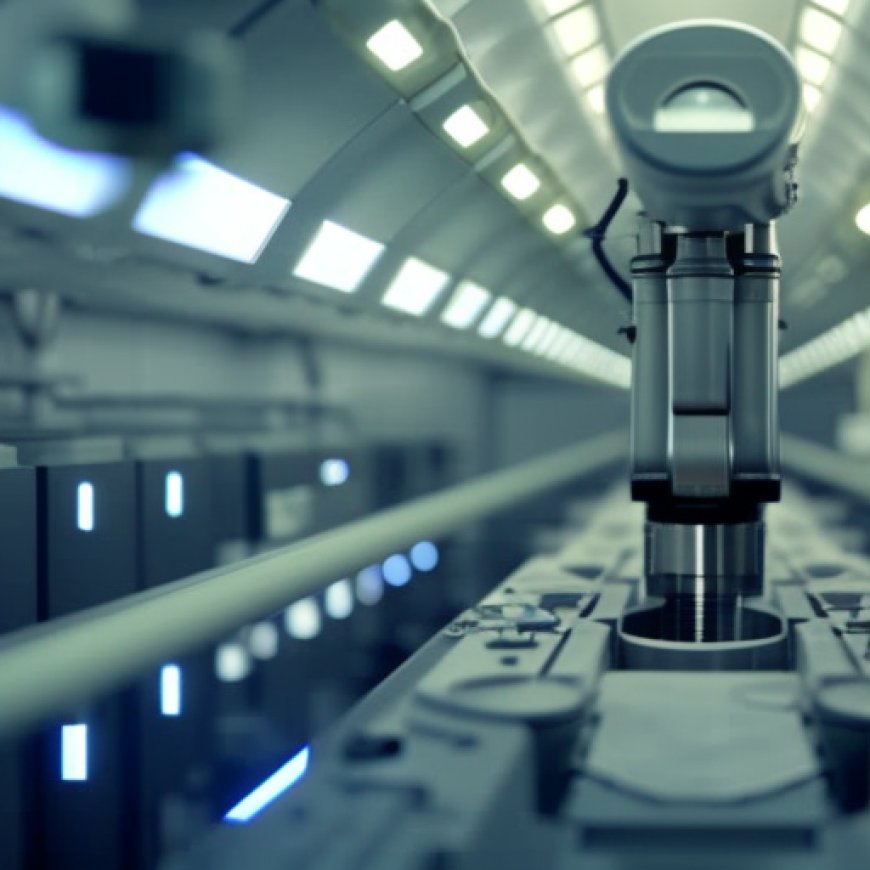USBR grant funds research into photobiological process to improve desalination
USBR grant funds research into photobiological process to improve desalination Texas State University


Photobiological Treatment Process Using Brackish Diatoms

A microscopic image of brackish diatoms.
Introduction
The Texas State University (TXST) team has developed a photobiological treatment process using brackish diatoms. This innovative process aims to remove dissolved silica and calcium carbonate from reverse osmosis (RO) concentrate, thereby enabling additional water recovery through secondary RO.
Project Details
The project is scheduled to commence in September 2024 and will focus on demonstrating continuous pilot photobioreactor operation using sunlight while reducing the reactor footprint. The pilot system will be designed and fabricated at TXST and deployed at the United States Bureau of Reclamation’s (USBR) Brackish Groundwater National Desalination Research Facility in Alamogordo, New Mexico. The pilot testing phase will take place in the spring and summer of 2026.
Collaboration and Support
The project is being conducted in collaboration with the City of Wichita Falls, Orange County Water District, San Antonio Water System, Fukui Prefectural University, and Yokogawa Fluid Imaging Technologies. These partners are providing valuable support to ensure the success of the project.
SDGs, Targets, and Indicators
| SDGs | Targets | Indicators |
|---|---|---|
| SDG 6: Clean Water and Sanitation | Target 6.3: Improve water quality by reducing pollution, eliminating dumping, and minimizing the release of hazardous chemicals and materials | Indicator not mentioned in the article |
| SDG 9: Industry, Innovation, and Infrastructure | Target 9.4: Upgrade infrastructure and retrofit industries to make them sustainable | Indicator not mentioned in the article |
| SDG 13: Climate Action | Target 13.3: Improve education, awareness-raising, and human and institutional capacity on climate change mitigation, adaptation, impact reduction, and early warning | Indicator not mentioned in the article |
1. Which SDGs are addressed or connected to the issues highlighted in the article?
The issues highlighted in the article are connected to SDG 6: Clean Water and Sanitation, SDG 9: Industry, Innovation, and Infrastructure, and SDG 13: Climate Action.
2. What specific targets under those SDGs can be identified based on the article’s content?
Based on the article’s content, the specific targets that can be identified are:
- Target 6.3: Improve water quality by reducing pollution, eliminating dumping, and minimizing the release of hazardous chemicals and materials
- Target 9.4: Upgrade infrastructure and retrofit industries to make them sustainable
- Target 13.3: Improve education, awareness-raising, and human and institutional capacity on climate change mitigation, adaptation, impact reduction, and early warning
3. Are there any indicators mentioned or implied in the article that can be used to measure progress towards the identified targets?
No indicators are mentioned or implied in the article that can be used to measure progress towards the identified targets.
Behold! This splendid article springs forth from the wellspring of knowledge, shaped by a wondrous proprietary AI technology that delved into a vast ocean of data, illuminating the path towards the Sustainable Development Goals. Remember that all rights are reserved by SDG Investors LLC, empowering us to champion progress together.
Source: news.txst.edu

Join us, as fellow seekers of change, on a transformative journey at https://sdgtalks.ai/welcome, where you can become a member and actively contribute to shaping a brighter future.







